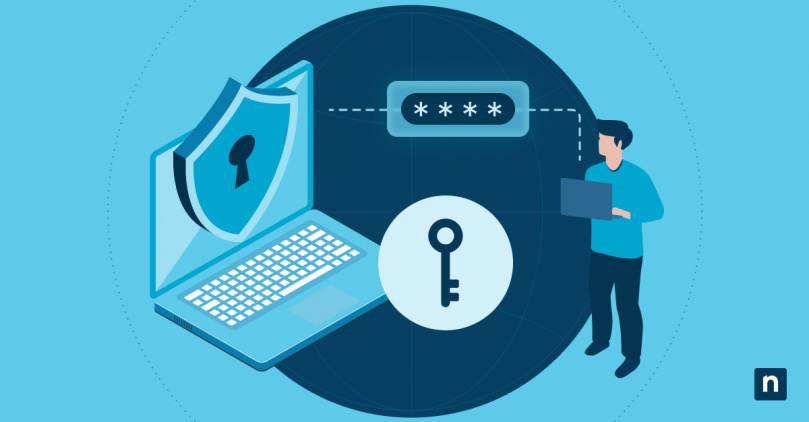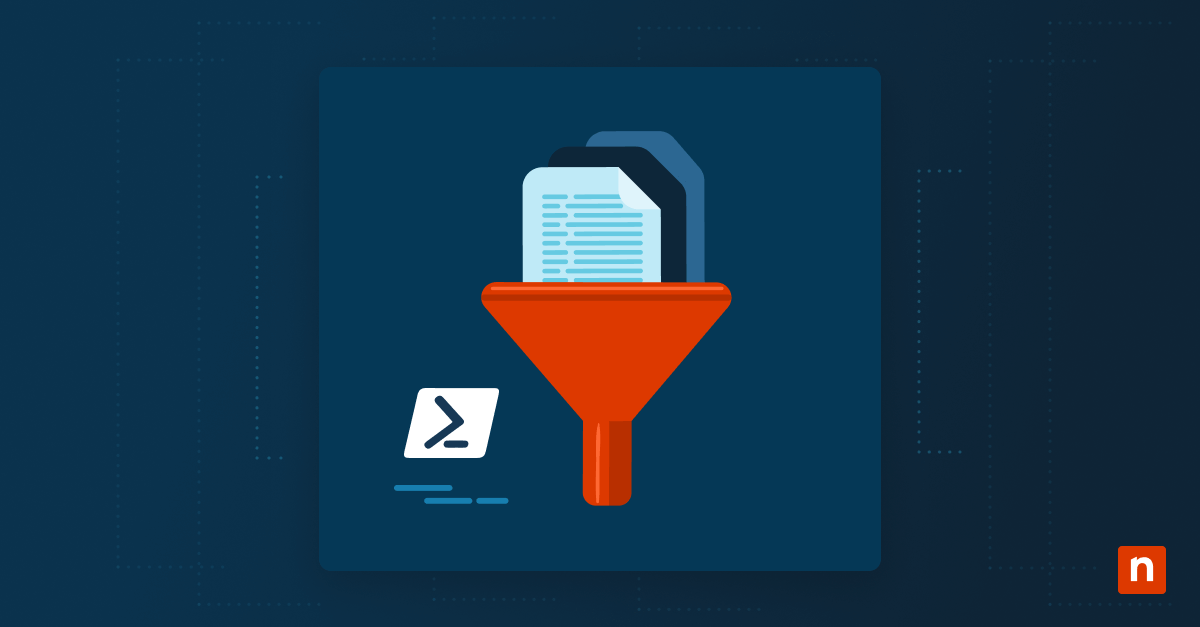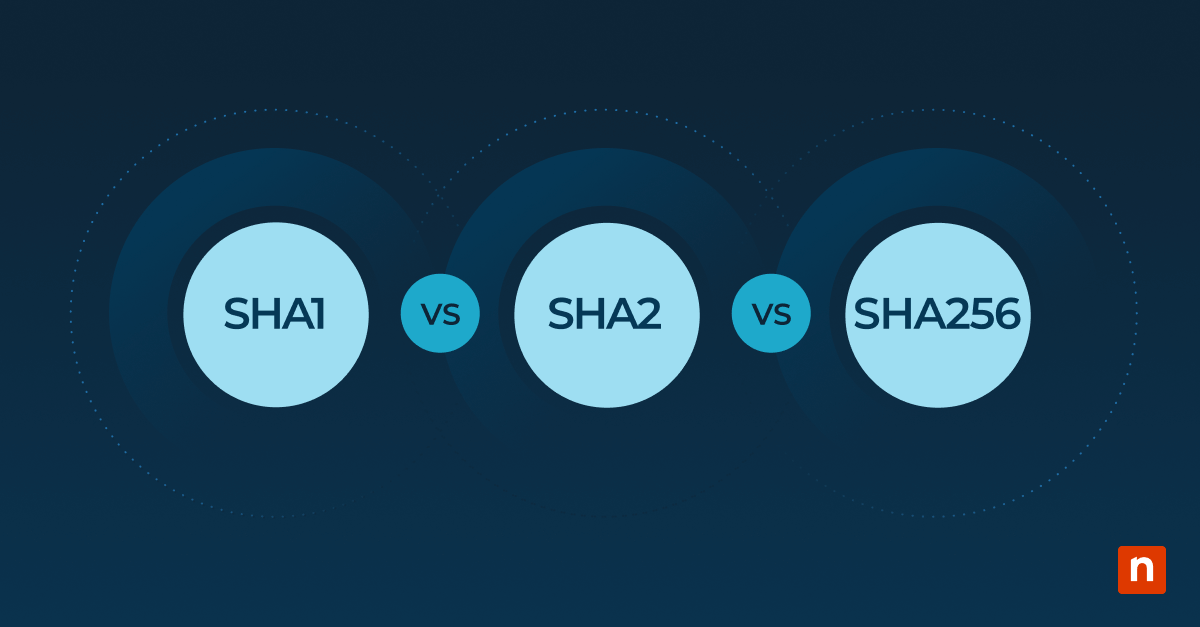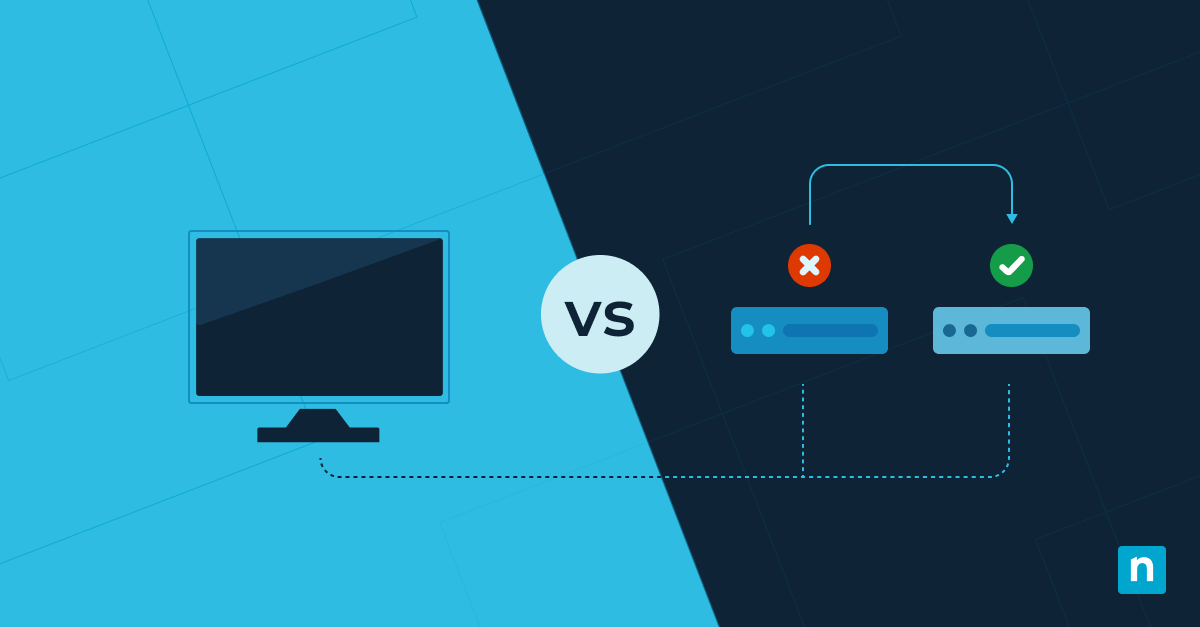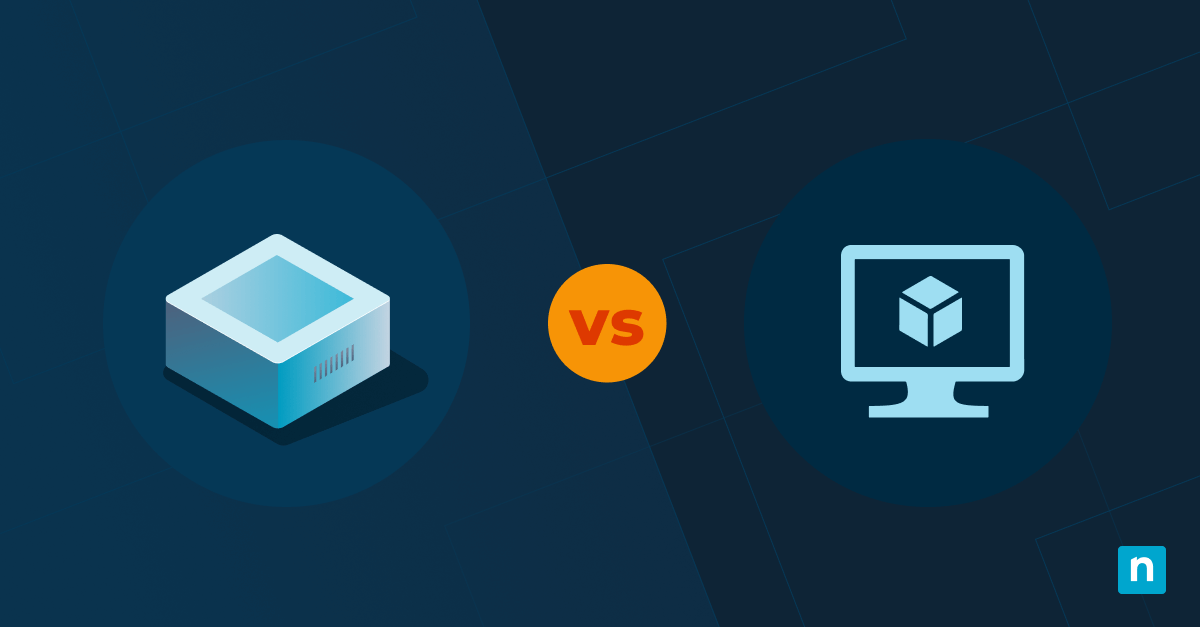Before Active Directory (AD), organizations relied on fragmented and manual methods for managing user access and security. This often led to inefficiencies and increased risks. This has changed with the advent and evolution of Active Directory Authentication (ADA).
What is Active Directory Authentication (ADA)?
Active Directory Authentication is a system used to verify the identity of users and devices attempting to access your network. It ensures that only authorized individuals can access specific resources.
This system was developed by Microsoft and introduced with Windows 2000 Server. The creation of ADA was driven by the need for a more efficient and centralized way to manage user identities, access permissions and network resources within growing and increasingly complex IT environments.
ADA has evolved to encompass both traditional on-premises Microsoft Active Directory and Azure Active Directory (Azure AD). While on-premises AD focuses on managing local resources and infrastructure, Azure AD extends these capabilities to the cloud, offering identity and access management for cloud-based applications and services. This evolution provides a comprehensive framework that seamlessly integrates and manages your IT infrastructure.
Core components of Active Directory Authentication
You need several core components for Active Directory Authentication to function effectively. While these components are foundational to both on-premises Microsoft Active Directory and Azure Active Directory, there are nuances in their implementation and use:
Directory services for user management
On-premises ADA uses Active Directory Domain Services (AD DS) as a key directory service to provide a centralized database for managing user accounts and resources. In contrast, Azure AD provides a similar service but is optimized for cloud-based applications and services. It offers additional features such as seamless single sign-on (SSO) and integration with thousands of SaaS applications.
Authentication protocols and mechanisms
On-premises Active Directory predominantly uses Kerberos and NTLM (NT LAN Manager) protocols for authentication within the local network. This ensures you have secure communication between users and directory services.
Azure AD, on the other hand, leverages modern authentication protocols like OAuth, OpenID Connect, and SAML in addition to Kerberos and LDAP (Lightweight Directory Access Protocol) for cloud-based resources and services.
Common security policies and configurations
Common ADA policies include password complexity requirements, account lockout settings and access control lists (ACLs). In on-premises Active Directory, you enforce policies through Group Policy Objects (GPOs), which allow for comprehensive management of security settings across all devices in the domain.
Azure AD also supports similar security configurations but enhances them with cloud-specific features such as Conditional Access Policies, which provide more granular control based on user risk, device compliance and location.
Enhance security with Active Directory multi-factor authentication
Multi-factor authentication (MFA) enhances your security by requiring users to provide multiple forms of verification, making it significantly harder for unauthorized individuals to gain access. With Active Directory multi-factor authentication, you add layers of protection that go beyond just a password.
For example, you might need to enter a password (something you know), use a security token or mobile device (something you have) and provide a fingerprint or facial scan (something you are) to access a resource. This layered methodology means that even if one form of verification is compromised, the additional factors help keep your network secure.
Incorporating MFA into ADA not only strengthens security but also enhances user trust. Users become more confident in the safety of their credentials and data when they see multiple layers of security in place.
Another item to consider is that regulatory bodies often mandate MFA as part of their security standards, so integrating it helps you meet regulatory requirements and avoid potential fines or penalties. Setting up MFA is straightforward and can be customized to fit the specific needs of your organization, providing both flexibility and security.
Active Directory Authentication best practices and techniques
Whether you are using Azure Active Directory or Microsoft Active Directory, you can maximize its effectiveness by adopting Active Directory Authentication best practices and techniques such as:
Implementing strong password policies
Strong password policies are fundamental to ADA security. Enforce the use of complex passwords that include a mix of letters, numbers and special characters. Additionally, you should require regular password changes and avoid using easily guessable passwords to mitigate the risk of unauthorized access.
Regularly auditing and monitoring access
Regular audits and monitoring are essential for identifying potential security threats and ensuring compliance with security policies. Use auditing tools to track user activities and monitor access logs for any unusual behavior.
Integrating multi-factor authentication
As mentioned earlier, active directory multi-factor authentication is a powerful tool for enhancing ADA security. By requiring multiple forms of verification, MFA ensures that even if one authentication factor is compromised, unauthorized access can still be prevented. You can implement MFA across all critical systems and applications to strengthen security.
Adopting Active Directory Authentication to improve organizational security
With ADA, you have a single point of control for all user identities, making it easier to implement and enforce security policies uniformly across your entire network. This centralization helps minimize the risk of unauthorized access by ensuring that every user and device is authenticated and authorized before accessing any resources.
ADA also enhances security by simplifying the process of granting and revoking access to sensitive resources. Whenever an employee joins or leaves your organization or changes roles, you can quickly adjust their access permissions through ADA. This ensures that only those who need access to specific information or systems have it, significantly lowering the chances of internal data breaches. Additionally, ADA’s robust auditing and monitoring capabilities allow you to track access and detect any unusual activity promptly.
Emerging technologies that could enhance ADA
As cyber threats become more sophisticated, it’s important that you stay on top of developing threats. Incorporating advanced tools and techniques into your Active Directory Authentication can significantly enhance its effectiveness. Several emerging technologies that further enhance the capabilities of ADA include:
Biometric authentication
Biometric authentication uses an individual’s unique biological traits, such as fingerprints or facial recognition, to verify their identity. This method provides a higher level of security compared to traditional passwords, as biometric data is difficult to replicate or steal.
AI and machine learning
Artificial Intelligence (AI) and machine learning are transforming ADA by enabling more sophisticated threat detection and response capabilities. These technologies can analyze patterns in user behavior, identify anomalies and detect potential security threats in real time.
Blockchain technology
Blockchain technology offers a decentralized and tamper-proof method for managing authentication data by using a distributed ledger system, which ensures that data is replicated across multiple nodes. This replication makes the data secure and immutable, as each transaction is verified by consensus among the nodes and cannot be altered without altering all subsequent blocks.
Simplify Active Directory Authentication with NinjaOne
With NinjaOne, you can get full visibility into your Active Directory Domain Controllers or manage your Active Directory users without having to switch between software solutions.
Learn how to easily monitor and manage your Active Directory services and databases with NinjaOne.

